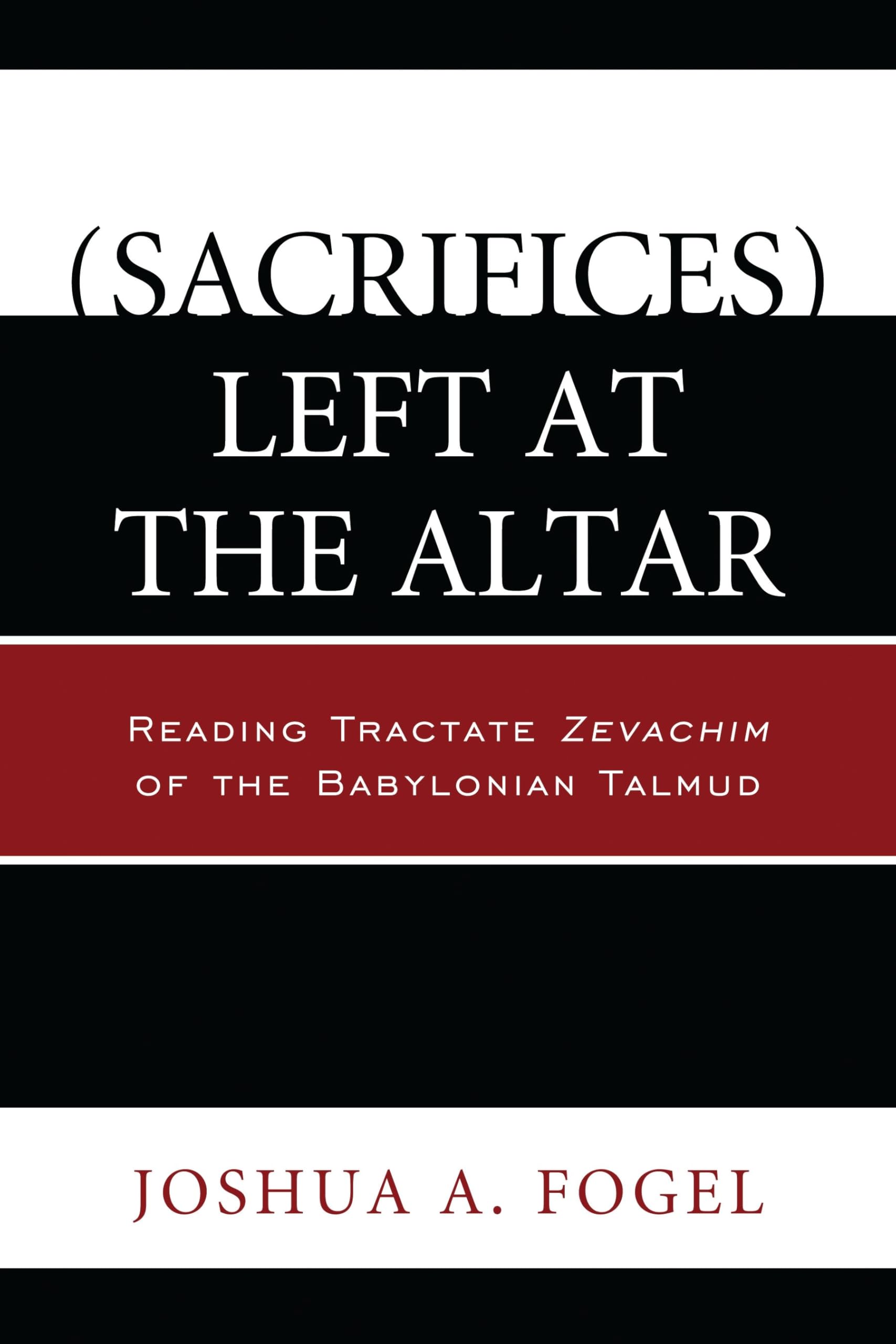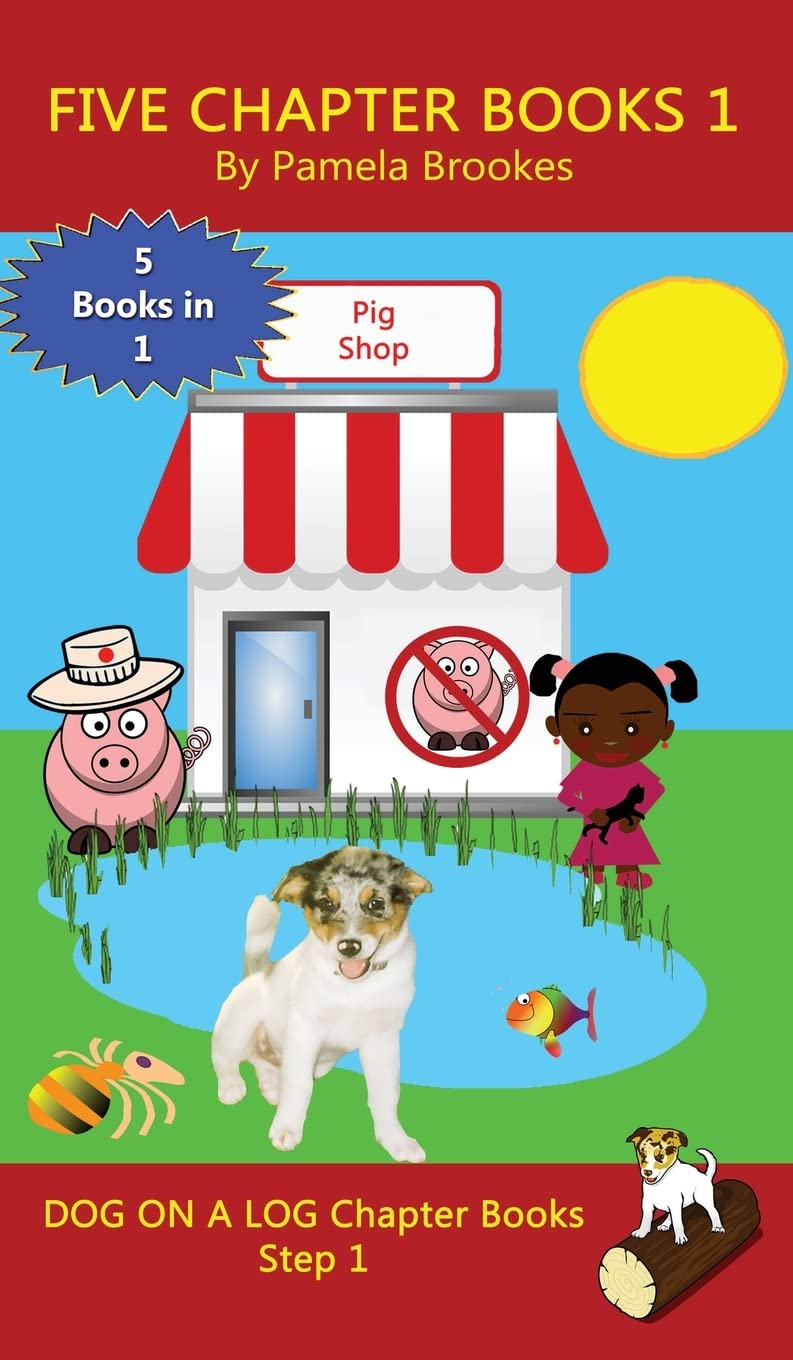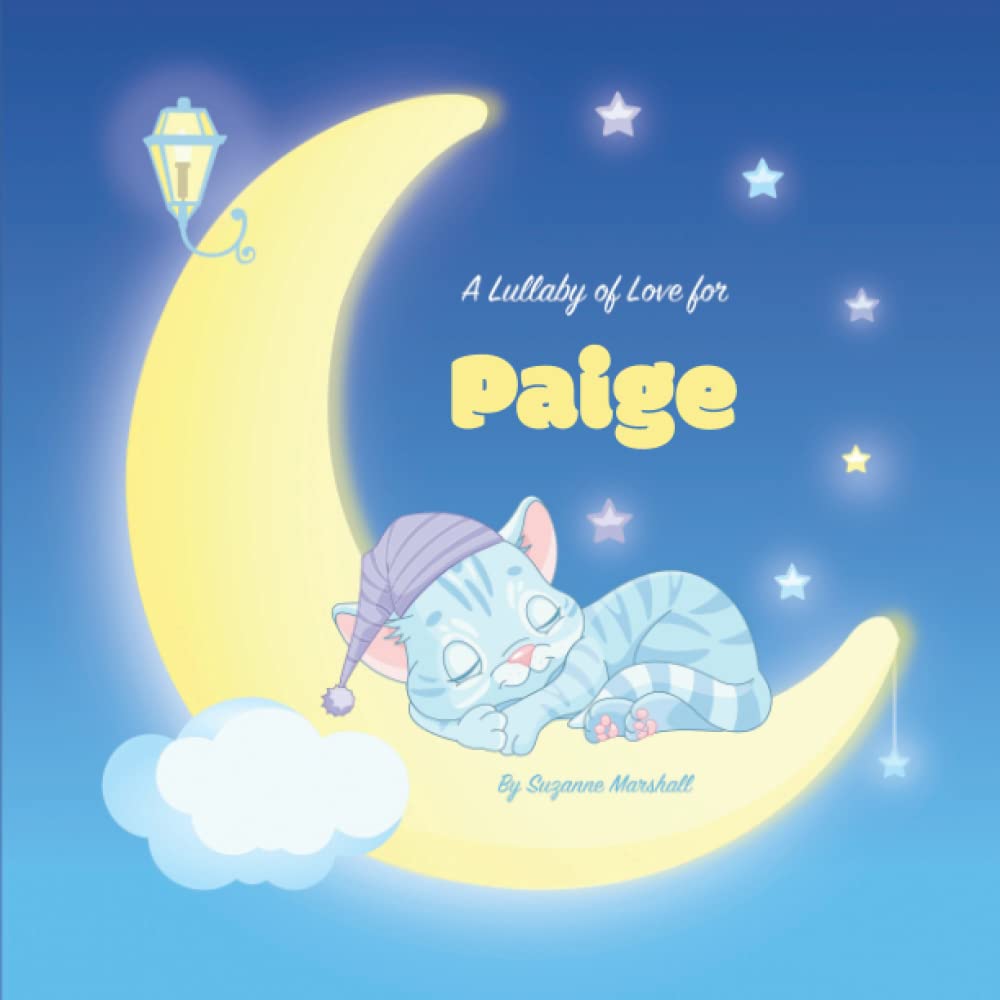Following the destruction of the Second Temple in 70 C.E., Judaism faced a serious crossroads. The rabbis of late antiquity spent the next few centuries in extensive debates in an effort to create an ethical and practical basis for a Torah-based faith. Their extensive discussions constitute the bulk of what we now know as the Talmud. This collection is not only massive; it is forbiddingly difficult and has accumulated numerous commentaries over the centuries since it first appeared. Recent translations have made it somewhat more accessible to English-language readers, but textual difficulties remain. This volume looks at tractate Zevachim (Sacrifices), which is mostly concerned with meat offerings slaughtered and presented at the Temple (when it stood). Joshua A. Fogel approaches the text, page by page, commenting with doses of humor and comparisons in a manner meant to explain and humanize the text for contemporary readers. Joshua A. Fogel is Canada Research Chair in the Department of History at York University. His previous work has focused primarily on the cultural interactions between China and Japan over the past two centuries. His most recent writings include: Decisions, Decisions, Decisions: Reading Tractate Horayot of the Babylonian Talmud (Hamilton Books, 2013); Japanese Historiography and the Gold Seal of 57 C.E.: Relic, Text, Object, Fake (Brill, 2013); Daily Reflections on Idolatry: Reading Tractate Avodah Zarah of the Babylonian Talmud (Hamilton Books, 2012); and Shimada Kenji: Scholar, Thinker, Reader (MerwinAsia, 2014). (Sacrifices) Left at the Altar Reading Tractate Zevachim of the Babylonian Talmud By Joshua A. Fogel ROWMAN & LITTLEFIELD Copyright © 2014 Hamilton Books All rights reserved. ISBN: 978-0-7618-6212-3 CHAPTER 1 All Sacrifices ZEVACHIM 2 The Mishnah that kicks things off introduces an important concern right off the bat. Any sacrifice slaughtered not for its own sake ( shelo lishmah )—such as a sin offering slaughtered for a guilt offering—is nonetheless legitimate (meaning that no transgression has been committed), except that it does nothing to alleviate the owner's liability (that is, for why he was obliged in the first place to bring the offering). When the Mishnah here and the ensuing discussion of the Gemara refer to slaughter (for its own sake or not), they are using this as a stand in for all four of the steps involved in a sacrificial service ( avodah ): shechitah (slaughter), kabalah (collection or reception of its blood in a sacred service vessel), holachah (bearing the blood to the Altar), and zerikah (throwing or applying the blood upon the Temple Altar in the prescribed manner). So, a sacrifice has to be offered for its own sake ( lishmah ), but if it isn't the sacrifice counts as a sacrifice but not for the man who brought it. This may seem a bit like a conundrum, but we need be patient and see how the Mishnah and Gemara will deal with this complex issue. A further restriction is that, in the cases of the pesach (paschal) and chatat (sin) sacrifices, slaughtering shelo lishmah completely delegitimizes the offering. The pesach sacrifice must be offered precisely on the fourteenth of Nissan, between noon and sunset, and a chatat sacrifice will be invalid at any time that it is offered shelo lishmah. No sooner has our first Mishnah issued this ruling than it proceeds to recount several opposing views. R. Eliezer agrees that the pesach sacrifice loses all validity if offered shelo lishmah in its special time, but he would add the asham (guilt offering) to the chatat as invalidated when offered shelo lishmah at any point in time. Why? Like the chatat, the asham is brought to atone for a sin; the circumstances eviscerating the validity of the chatat then, he argues, apply similarly to the asham. This is a style of Talmudic hermeneutics known as binyan av, arguing by analogy: if X and Y share one important aspect, one may presume other aspects of X and Y are similarly shared, barring major dissimilarities that may be brought to our attention. Yose ben Choni then chimes in that any sacrifice other than the pesach or chatat slaughtered for a pesach or chatat is invalid. There are specific rules for designating a pesach animal which must be followed. This point of view is basically the flip side of the Mishnah's earlier ruling about pesach and chatat sacrifices being offered shelo lishmah. The third and final dissenting view to this Mishnah is that of Shimon brother of Azaryah. He argues that, aside from the pesach and chatat, if one made an offering shelo lishmah that was of greater holiness than his own, it is valid. If of lesser holiness, it is invalid. For example, if one slaughtered kodshei kodashim (most holy offerings, which include chatat, asham, olah, and the communal shelamim ) for the sake of kodashim kalim (offerings of lesser holiness, which include shelamim, todah, bechor, ma













